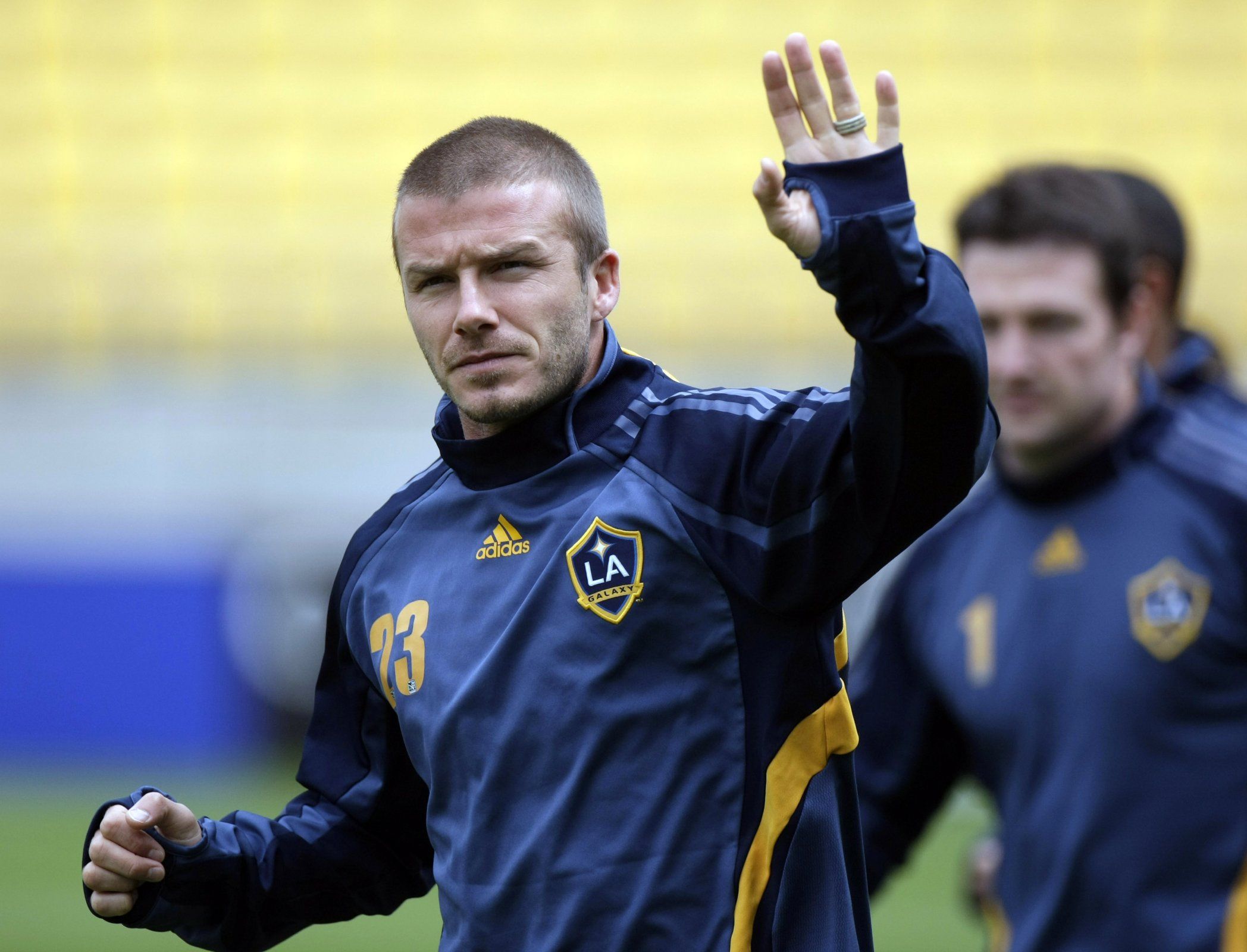When the great experiment to export soccer to the US came unstuck in the mid-eighties and the North American Soccer League (NASL) folded it certainly wasn’t for the lack of trying. Acutely aware that what Americans loved most of all in both their sport and entertainment was copious amounts of razzmatazz, celebrity and glamour, the magnificent Pele had been lured over, along with a roll-call of footballing legends who could easily have been roll ‘n’ roll stars had their voices matched the magic in their boots.
Yet for all of their appeal the public soon grew bored of the novelty and the investment duly dried up. For football in America that was seemingly that.
Only of course it wasn’t because the organic popularity of soccer remained, with kids playing it across the country and then in 1994 an explosion of curiosity greeted the World Cup held in the US. This in turn attracted the television networks and, in need of regular games to air, the MLS was born.
Though now internationally recognised and respected, the MLS of the 1990s was a very different beast to the one we know today. Games were typically played in American Football stadiums on artificial turf and in front of small crowds. They featured shoot-outs at the end of any contest that was tied. They had countdown clocks.
Notably too there was scant desire to sprinkle ageing superstars into the mix though most likely this was not a purposeful strategy and a lesson learned from the NASL failure, but rather a cutting of their cloth from necessity: in the league’s opening years it lost hundreds of millions of dollars while so few owners lasted the distance it briefly resulted in one individual owning six of the ten teams.
What ultimately saved the league however – and eventually saw it flourish – was precisely its absence of stardust as homegrown talent emerged, strengthening the US national side and leading them, against all odds, to the quarter final of the 2002 World Cup. If curiosity is one thing in America, success is quite another.
So it was in the immediate years after that the league expanded, clubs began to move to soccer-specific stadia, and attendances rose.
Which leads us to January 12th 2007, a date where everything changed for the better as David Beckham announced that he would be leaving Real Madrid to join LA Galaxy in a five-year deal worth £128m (comprising of salary, sponsorship and a share of the club’s profits), thus becoming the MLS’ first designated player.
“David is truly the only individual that can build the 'bridge' between soccer in America and the rest of the world." So said AEG president Timothy J. Leiweke, AEG being the owners of the Galaxy and how revealing that word is when explaining Beckham’s role and success across the Atlantic.
When Pele arrived it was to build on nothing. Now soccer in the US had a solid grounding from which to join the global community.
This grounding applies also to the club the six-time Premier League winner was joining. In the preceding years Galaxy had won the MLS Cup on two occasions. During his six years out there – interspersed with a couple of loan spells during the off-season with AC Milan - they won it another two times.
His impact on the pitch then aided a continuation rather than led to any revolution even if there were naturally some splendid free-kicks to marvel at and typically enthusiastic displays to admire. "I'm not a player who will run past 10 players and score three or four goals,” the player himself warned his new adoring public on signing, aware that the hype to the uninitiated might transfer itself to expectations of genius.
No, it was Beckham himself who took the Galaxy – and by extension the MLS – up a level. The man. The brand. That handsome face and shy, endearing smile.
Quickfire Quiz: How much do you know about Man Utd's history in the January transfer window?
His debut, against Chelsea in a friendly, brought the stars out, with Tom Cruise and Arnold Schwarzenegger in attendance while his profile took him on the chat show circuit, talking up the game; drumming up business and interest. “The level of awareness he has brought has been priceless for us," team-mate Landon Donovan admitted at the time before candidly revealing that he – one of the finest players America has ever produced – was now getting recognised on the streets of Los Angeles whereas before he was not.
It was recognition that derived from ever increasing interest and interest that translated to booming crowds and a growth in television coverage for a league that has now expended to its present status of 22 clubs. That is due to increase further of course when Inter Miami comes into existence shortly, a franchise headed by a certain Mr Goldenballs.
Precisely how much of this can be laid at the cultured feet of Beckham is subjective but the fact that he was recently honoured with a statue outside the ground does say a good deal.
“He was our Michael Jordan. Our Wayne Gretzky.” So said Major League Soccer Commissioner Don Garber in 2017 on the most ‘transformational’ player to grace the MLS yet.
It was supposed to be Pele. Instead it was a boy from Leytonstone.

